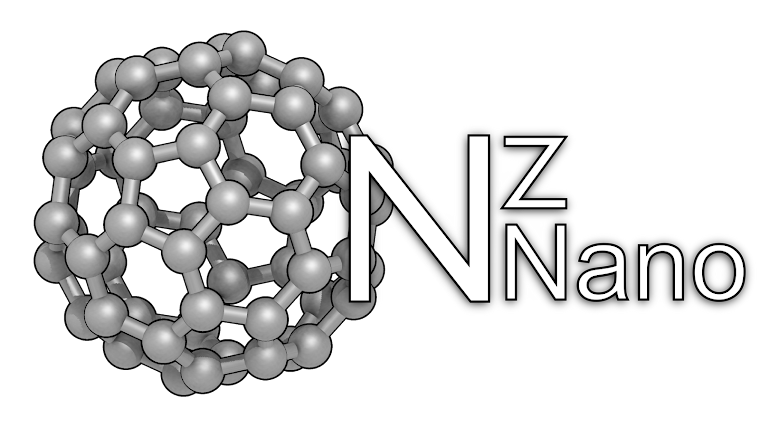Which reactive molecules lead to the formation of soot? Recently we showed that adding hydrogen to the edges of soot molecules makes the edges reactive. In this paper, we showed that these sites are very common in flames, making them likely to be important for soot formation.

We explored another exciting possibility - that multiple localised π-radicals are present on a single molecule. These species are also likely to be present in reasonable fractions (thanks to Gustavo and Angiras for developing the KMC simulations). Of the molecules that were recently imaged using HR-AFM, over half contained one rim-based pentagon and roughly a quarter had two rim-based pentagons suggesting that the formation of multiradicals in flames is likely.
In my previous blog post, I talked about our systematic comparison of possible crosslinks between reactive aromatic molecules that had recently been detected using atomic force microscopy. This gave the bond energies and allowed us to work out which bonds could be stable at flame temperature. It showed that adding hydrogen to a pentagonal ring gives a reactive localised π-radical that allows crosslinking and stacking.
In our recent paper that just got accepted in the Proceedings of the Combustion Institute, "Reactive localised π-radicals on rim-based pentagonal rings: properties and concentration in flames" (see preprint here), we showed that these reactive sites are present in the flame in significant concentrations.

To show what we mean by localisation the electron's spin density is shown below. The spin density shows where the reactive electron is likely to be able to form a bond with higher values indicating higher reactivity. We find two classes of π-radicals, those that 1) delocalise in 6-membered ring aromatic molecules and 2) reactive localised π-radical for pentagonal rings or methylene (–CH2) that does not delocalise across the molecule.
While these reactive sites have been seen in molecules sampled from the flame it was not clear whether they also exist in the flame. For example, sampling these molecules from the flame could lead to hydrogen being added while the molecules in the flame could actually be lacking this hydrogen i.e. it could be an artifact of sampling.
In order to determine if these species are present in the flame, we calculated all of the reactions that could allow hydrogen to be added or removed (thanks to Angiras and Dingyu for this). We could then consider, given the concentrations of hydrogen species in the flame, what sort of concentration we would expect. The reactions are shown below (those barrierless reactions do not make computing the rates very easy but it can be done with sufficient approximations).
We found that between 1-10% of the molecules contained a localised π-radical on their rim-based pentagon (for between 1400-1500K which are temperatures within a flame where soot begins to form). Comparing these results with the HR-AFM structures recently imaged we found a consistent frequency of rim-based pentagonal sites with a ratio of 27:12:4 for the unsaturated, saturated and partially saturated rim-based pentagonal rings, showing that these species are present in the flame in significant concentrations.
These results suggest a new mechanism for soot formation where molecules with two or more localised π-radicals can polymerise (a rapid chain reaction) - what we called the aromatic rim-linked hydrocarbon mechanism (ARLH).
There is a nice historical connection with New Zealander Prof. John Abrahamson, Canterbury University. During a sabbatical in the '70s at the Chemical Engineering department at the University of Cambridge (where I did my PhD) he wrote a paper proposing that the partial saturation of aromatic platelets forms soot (see structure below). I spoke with him recently during the lockdown in New Zealand about the HR-AFM results that show partial saturation of aromatic platelets and our results showing the localised π-radicals and he was happy to hear about the recent insights and how close he got in 1977.







No comments:
Post a Comment